Are Grapes Good For Dieting?
 Most people who are dieting look for options that satisfy their urge for sweets. Grapes can do that and even help you lose weight. They contain no fat, are high in fiber, and contain numerous nutrients. Those nutrients include copper, vitamins K, B1, B2, B6, C, and E, potassium, and manganese. A whole cup of grapes is only 104 calories.
Most people who are dieting look for options that satisfy their urge for sweets. Grapes can do that and even help you lose weight. They contain no fat, are high in fiber, and contain numerous nutrients. Those nutrients include copper, vitamins K, B1, B2, B6, C, and E, potassium, and manganese. A whole cup of grapes is only 104 calories.
The Resveratrol in grapes may accelerate weight loss.
Grapes contain antioxidants that have the potential to aid in weight loss. There are links between inflammation and oxidative stress that lead to obesity. Grapes are an anti-inflammatory food that also contains antioxidants. Antioxidants help reduce oxidative stress that affects all parts of the body. It can lead to diabetes, insulin resistance, and other health issues. Studies show that one antioxidant found primarily in red and purple grapes, resveratrol, can dramatically improve the potential for weight loss. It causes cells to turn food into energy rather than store it as fat. It also helped improve insulin resistance which can cause abdominal fat.
Grapes are high in sugar, yet improve insulin resistance.
Grapes have a medium to low glycemic index—GI, which means it doesn’t raise blood sugar levels quickly. The dramatic peaks and valleys of blood sugar can lead to insulin resistance. That doesn’t mean you can eat bushels of grapes daily without a problem. Studies show that consuming grapes helped improve insulin sensitivity, protected the cells in the pancreas that created insulin, improved insulin production, and increased the number of glucose receptors on the cell membranes so it used the calories for energy rather than storing it as fat.
Grapes may suppress your appetite.
Getting adequate sleep is one way to help control your appetite, but so is eating grapes. The anthocyanins in grapes may help suppress the appetite, reducing food intake. Anthocyanins also have an anti-obesity effect. In rat studies, rats fed a high-fat diet and given anthocyanins had less liver fat and gained less weight. There are still few human studies in this area but one thing is certain, grapes pose only benefits and no health hazards.
- Lack of sleep can cause the body to produce more ghrelin, the hunger hormone, and less leptin, the satiety hormone. Eating grapes can increase melatonin and promote a better sleep-wake cycle.
- While grape juice contains many of the same nutrients as grapes, it doesn’t have the fiber that can fill you, so you eat less. Always choose the whole fruit.
- Studies show resveratrol in grapes activates genes that can slow aging. It also helps protect the cells from oxidation, slowing the aging process.
- Consuming grapes is good for all parts of the body. Eating them can improve memory and cognitive thinking. It can benefit eye and heart health. The potassium in grapes can help lower blood pressure.
For more information, contact us today at Next Level Fitness

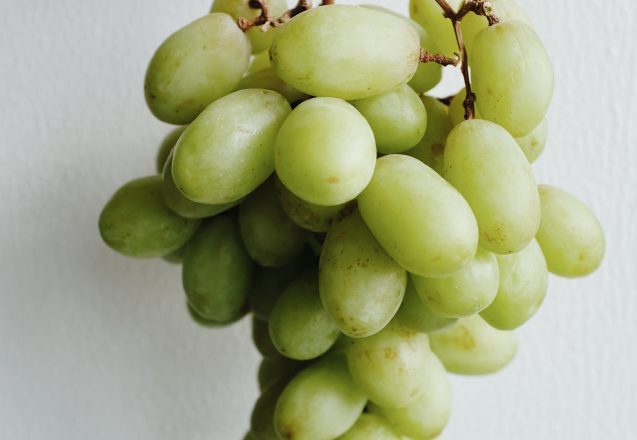
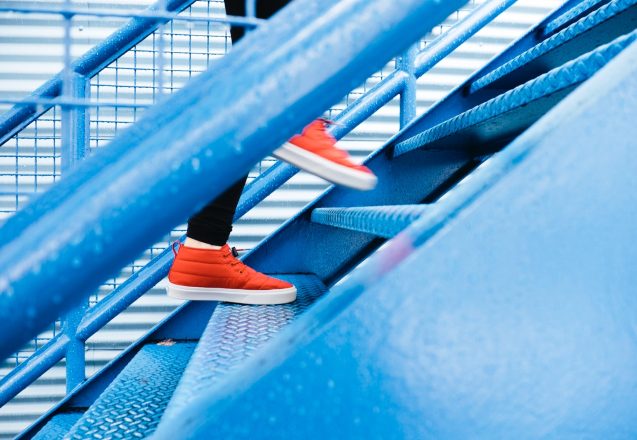
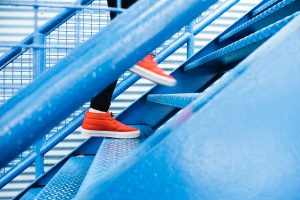 There are a lot of reasons people avoid running. One of those may be joint issues. Running is a high-impact exercise that can cause musculoskeletal problems. High-impact exercises are those where both feet are off the ground at one time and come slamming back down on the feet—creating an impact that affects the joints, muscles, and bones. Pregnant women, those who recently gave birth, and people with joint issues, or other health risks should avoid high-impact workouts. Many people limit their cardio to running or jumping rope but there are also exceptionally good low-impact cardio exercises you can do.
There are a lot of reasons people avoid running. One of those may be joint issues. Running is a high-impact exercise that can cause musculoskeletal problems. High-impact exercises are those where both feet are off the ground at one time and come slamming back down on the feet—creating an impact that affects the joints, muscles, and bones. Pregnant women, those who recently gave birth, and people with joint issues, or other health risks should avoid high-impact workouts. Many people limit their cardio to running or jumping rope but there are also exceptionally good low-impact cardio exercises you can do.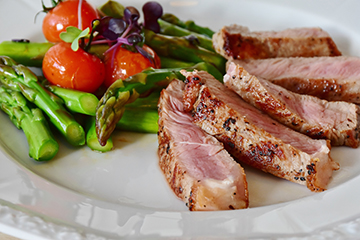
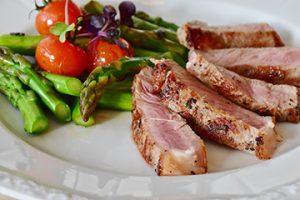 If you’re exercising with others, you’ve probably heard of the many protein supplements or foods that boost your protein intake. While it’s true that active people need more protein than sedentary ones, there is a limit on how much you should consume. Consuming too much protein can have consequences and limit your intake of other foods with nutrients necessary for good health. You require the right mix of macronutrients, protein, fats, and carbohydrates. The protein requirement also varies by gender, age, and activity level.
If you’re exercising with others, you’ve probably heard of the many protein supplements or foods that boost your protein intake. While it’s true that active people need more protein than sedentary ones, there is a limit on how much you should consume. Consuming too much protein can have consequences and limit your intake of other foods with nutrients necessary for good health. You require the right mix of macronutrients, protein, fats, and carbohydrates. The protein requirement also varies by gender, age, and activity level.
 Even though we focus heavily on physical fitness, staying mentally fit is just as important. California is a laid-back state, but there’s still a lot of stress that affects you both physically and mentally. Poor mental fitness makes every day a chore. It makes the thought of exercising and eating healthy seem like a chore. Good mental fitness can also help you muscle through the toughest exercises. It’s so important we had a blog last August about exercises that can help. Here are some other ideas to aid in improving mental fitness.
Even though we focus heavily on physical fitness, staying mentally fit is just as important. California is a laid-back state, but there’s still a lot of stress that affects you both physically and mentally. Poor mental fitness makes every day a chore. It makes the thought of exercising and eating healthy seem like a chore. Good mental fitness can also help you muscle through the toughest exercises. It’s so important we had a blog last August about exercises that can help. Here are some other ideas to aid in improving mental fitness.
 If you’re like many people in Irvine, CA, you’re constantly looking for ways to boost immunity. Preventing illness is far better than trying to cure it. Improving your immune system is the best way to do that. You can stay healthier by focusing on good immune health. Your immune system is your body’s first line of defense to prevent invaders from entering. If they do manage to enter the body, the immune system also weakens and destroys them.
If you’re like many people in Irvine, CA, you’re constantly looking for ways to boost immunity. Preventing illness is far better than trying to cure it. Improving your immune system is the best way to do that. You can stay healthier by focusing on good immune health. Your immune system is your body’s first line of defense to prevent invaders from entering. If they do manage to enter the body, the immune system also weakens and destroys them.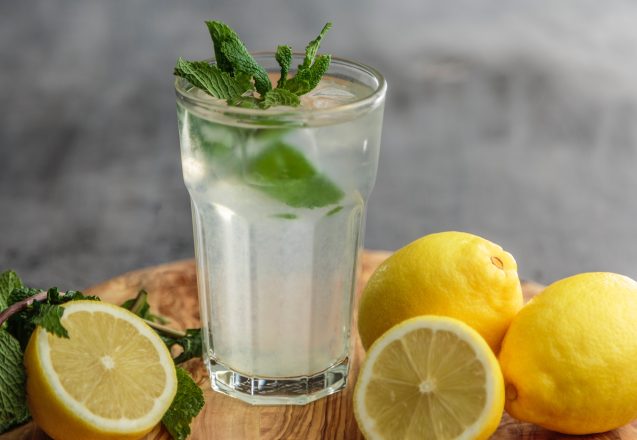
 The body requires the amount of water necessary varies by weight, age, and other factors. How much water do you need to stay healthy? While your size plays an important role, your activity level also affects your intake. If you’re out in the hot sun, you’ll need more water than if you’re sitting in an air-conditioned room. How do you decide how much you need? You have to start with a baseline.
The body requires the amount of water necessary varies by weight, age, and other factors. How much water do you need to stay healthy? While your size plays an important role, your activity level also affects your intake. If you’re out in the hot sun, you’ll need more water than if you’re sitting in an air-conditioned room. How do you decide how much you need? You have to start with a baseline.
 Probably one of the things for good health that people might think is easy, may be one of the hardest things to do. It’s getting adequate quality sleep. It’s even worse in today’s society, where lack of sleep is almost a virtue. It’s all about the quality of your sleep and how much your body requires. Everyone is different. Some people thrive on less sleep than others do. It doesn’t make either one good, bad, lazy, or ambitious. It’s just the difference in their bodies. Most adults require 7 to 9 hours of sleep, but a small minority require 6 or less, with a similar group requiring 10 or more hours.
Probably one of the things for good health that people might think is easy, may be one of the hardest things to do. It’s getting adequate quality sleep. It’s even worse in today’s society, where lack of sleep is almost a virtue. It’s all about the quality of your sleep and how much your body requires. Everyone is different. Some people thrive on less sleep than others do. It doesn’t make either one good, bad, lazy, or ambitious. It’s just the difference in their bodies. Most adults require 7 to 9 hours of sleep, but a small minority require 6 or less, with a similar group requiring 10 or more hours.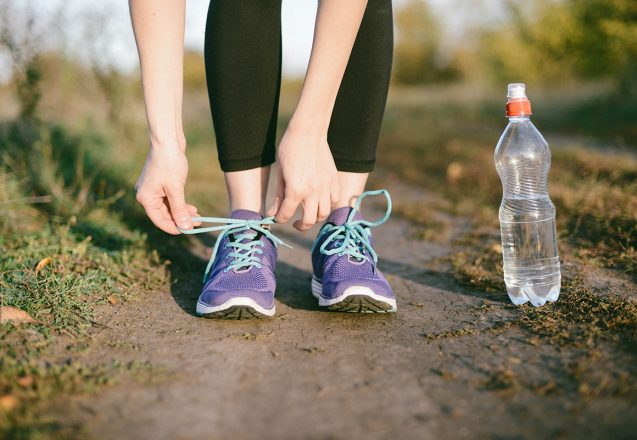
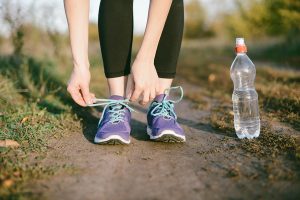 Working out at Next Level Fitness in Irvine, CA, provides a well-rounded program and is one way to improve your health. Some people include 10,000 steps a day or use that technique as their only fitness workout. Is it beneficial? Why are 10,000 steps best and not 5,000 or 15,000? How did we arrive at that number and does it work or do you need more than just walking? There’s a lot of confusion surrounding the 10,000 steps recommendation.
Working out at Next Level Fitness in Irvine, CA, provides a well-rounded program and is one way to improve your health. Some people include 10,000 steps a day or use that technique as their only fitness workout. Is it beneficial? Why are 10,000 steps best and not 5,000 or 15,000? How did we arrive at that number and does it work or do you need more than just walking? There’s a lot of confusion surrounding the 10,000 steps recommendation.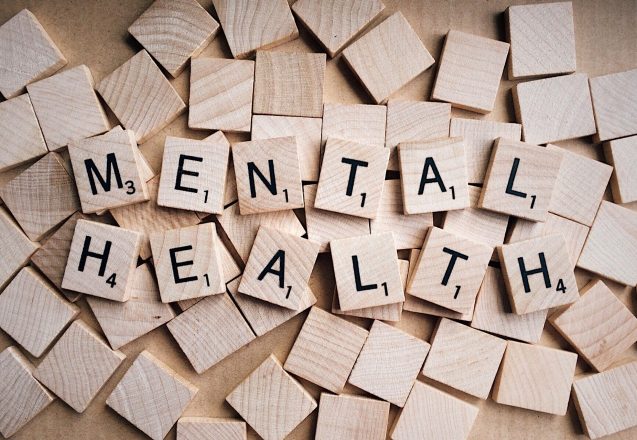
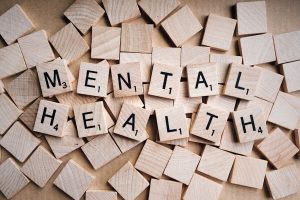 Workouts can improve your physical health, but now there’s evidence it does the same for mental health. It increases circulation, which sends oxygen and nutrient-rich blood to the entire body, including the brain. It also affects the gut microbiome that influences your mood. They increase or diminish neurotransmitters and improve your feeling of well-being and happiness. The gut, not the brain, produces most of the serotonin in your body, so improving the microbe balance can boost your mood.
Workouts can improve your physical health, but now there’s evidence it does the same for mental health. It increases circulation, which sends oxygen and nutrient-rich blood to the entire body, including the brain. It also affects the gut microbiome that influences your mood. They increase or diminish neurotransmitters and improve your feeling of well-being and happiness. The gut, not the brain, produces most of the serotonin in your body, so improving the microbe balance can boost your mood.
 If you have a desire for a specific food or type of food and nothing else will do, you have cravings. While some cravings are purely physical. If you’re craving watermelon or a juicy fruit, you might need hydration. Some people also have healthy cravings that are the body telling you that you need certain nutrients. Most cravings, however, are strictly emotional. Cravings are part of the reward system that is located in several areas of the brain. It’s more than just being hungry. The part of the brain that tells you it’s hungry or thirsty is located in the hypothalamus at the base of the brain, while the reward system is throughout the center of the brain. If you eat something sweet, it makes you feel good because it triggered the reward system.
If you have a desire for a specific food or type of food and nothing else will do, you have cravings. While some cravings are purely physical. If you’re craving watermelon or a juicy fruit, you might need hydration. Some people also have healthy cravings that are the body telling you that you need certain nutrients. Most cravings, however, are strictly emotional. Cravings are part of the reward system that is located in several areas of the brain. It’s more than just being hungry. The part of the brain that tells you it’s hungry or thirsty is located in the hypothalamus at the base of the brain, while the reward system is throughout the center of the brain. If you eat something sweet, it makes you feel good because it triggered the reward system.